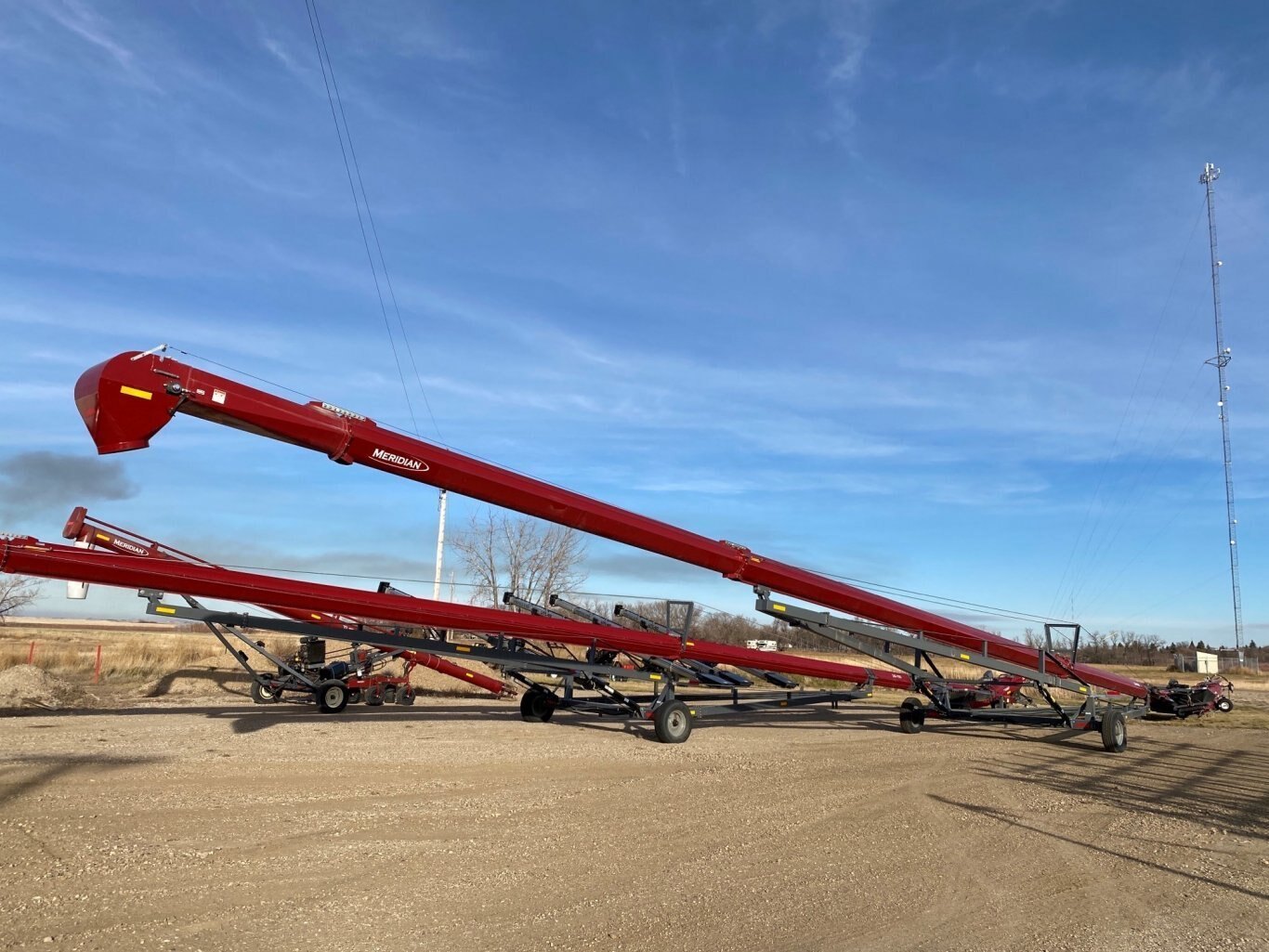
How to Adjust a Conveyor Belt to Run Straight: Your Step-by-Step Guide
Conveyors are essential when you are looking for ways to speed up the process of loading grain without causing damage to your product. Though conveyors can help to improve the efficiency of your farm, like all equipment, they can be prone to issues. A conveyor belt not running straight is a common issue that, thankfully, can be easily resolved with a bit of know-how.
At Avonlea Farm Sales Ltd, we were founded by farmers in 1988 and have first-hand experience within the farming industry. We know that breakdowns can be costly. That’s why we are here to help you learn more about how grain conveyors work so that you can be prepared to make adjustments when needed. Use the following steps to get your Conveyor working as expected once more.
When looking for farm equipment for sale, you can count on the experts at Avonlea to have just what you need. Always remember to follow the operator’s manual when working on your conveyor and follow all safety precautions.
Ten Steps to Adjusting a Conveyor Belt
If your conveyor is no longer running straight you’ll need to make an adjustment to regain functionality. Use the following steps to troubleshoot:
1. Always start by turning off the power to the conveyor belt and disconnecting any electrical or pneumatic controls. This step is an essential for safety.
2. Next you’ll inspect the conveyor belt for any signs of damage, such as frayed edges or uneven wear. Replace or repair any damaged sections of the belt before proceeding.
3. If no damage is observed, check the tension of the conveyor belt by standing at the head pulley and pulling on the belt with your hands. It should feel firm and not sag or move excessively. If the belt is loose, adjust the tension until it feels taut but not overly tight.
4. Locate the tracking rollers on the underside of the conveyor belt, usually found near the head and tail pulleys. These idler or wing rollers can be adjusted to help align the belt.
5. Use a wrench or other appropriate tool to loosen the bolts or screws that hold the tracking rollers. Do not fully remove the bolts; only loosen them enough to allow adjustment.
6. Move the tracking rollers in small increments to adjust the alignment of the conveyor belt. If the belt is drifting to one side, move the corresponding roller toward the opposite side. For example, if the belt is moving to the right, move the tracking roller on the right toward the left.
7. Once you have made an adjustment, turn on the conveyor belt and observe its movement. If it continues to run straight, proceed to the next step. If it still drifts, make additional adjustments until the belt runs straight.
8. Once the conveyor belt is running straight, tighten the bolts or screws on the tracking rollers to secure their position.
9. Test the conveyor belt by loading it with a small amount of material and observing its movement. If the belt starts to drift again, repeat the adjustment process.
10. Once you are satisfied with the alignment of the conveyor belt, reconnect any electrical or pneumatic controls and turn on the power to fully resume operation.
Where Can I Get Parts for My Conveyor?
Having quick access to the parts you need can help to reduce downtime. At Avonlea, we are pleased to offer a large selection of farm parts and agricultural parts to help you troubleshoot any issue. Contact a member of our team or view our inventory to find the part you need.






